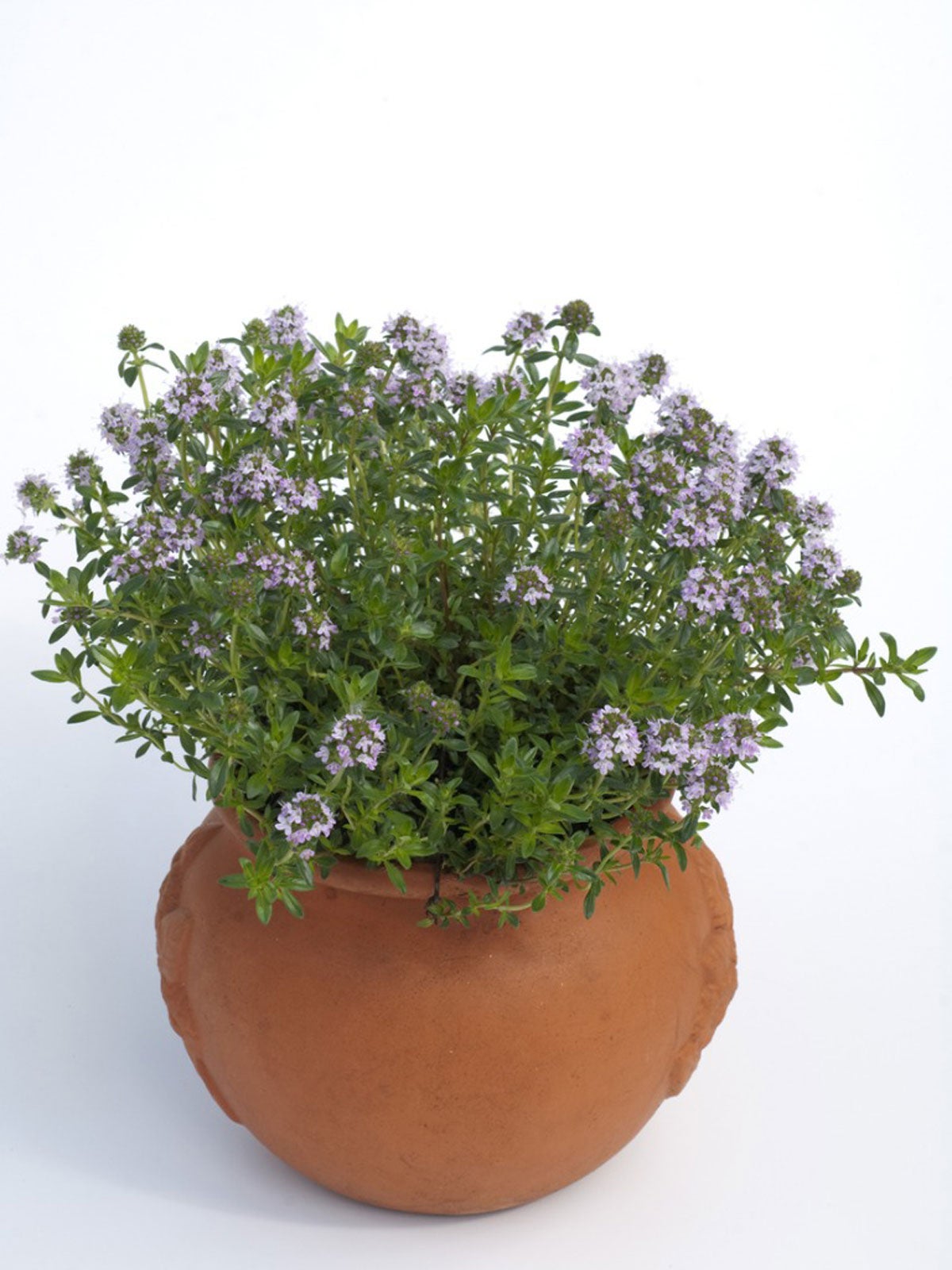Indoor Winter Savory Care: How To Care For Winter Savory Inside


If you love the flavor of savory in your cooking, there is no substitute for fresh. Although winter savory is a hardy perennial, it loses all those yummy leaves in winter, leaving you with none of the seasoning. Growing winter savory indoors will allow the plant to keep the flavorful leaves. As an added bonus, a winter savory houseplant is attractive and aromatic.
Growing Winter Savory Indoors
Savory has a slightly peppery taste followed by notes of thyme. It works well in a host of recipes, adding that little something that makes guests ask, "what's your secret?" In order to have a constant supply of the tasty leaves, keeping winter savory inside will guarantee a steady source.
You can grow winter savory from seed, cuttings, or division. If you want to start a young plant indoors, use good potting soil. Start seed in a flat and transplant to a 6 inch (15 cm.) pot once seedlings have several pairs of true leaves. Either potting soil or coconut coir make a good medium. The mature plant can get up to 12 inches (31 cm.) tall with a similar spread, but the roots rather like being cramped.
Another way to grow winter savory inside is by taking cuttings. Woody plants like winter savory should have cuttings taken in spring when the plant is actively growing. Take sanitized pruning shears and cut a 6 inch (15 cm.) terminal shoot. The best time to take a cutting is morning.
Keep the cut end moist. Remove the leaves from the lower third of the cutting. Place the cut end in a glass of water. Change the water frequently until the cutting has developed a good crop of roots. Then pre-moisten your medium and plant the shoot.
Caring for an Indoor Winter Savory
Place indoor winter savory where the plant will receive at least six hours per day of bright light. If your home lacks adequate light for growing winter savory indoors, place the container under a plant light.
Savory practically grows itself in good light. Keep the container moist but not soggy until established. Avoid standing water in the saucer. When your plant is mature, keep the soil on the dry side.
Sign up for the Gardening Know How newsletter today and receive a free copy of our e-book "How to Grow Delicious Tomatoes".
Savory doesn't really need fertilizer, but you can give it a boost in spring with a diluted balanced liquid fertilizer.
Harvest when the plant is 6 inches (15 cm.) tall. Cut stems with clean pruning shears and pull off the leaves. Don't harvest too many stems at once as this can harm the plant. Use the leaves in soups, stews, as a tea, with legumes and root vegetables, and with meat.

Bonnie Grant is a professional landscaper with a Certification in Urban Gardening. She has been gardening and writing for 15 years. A former professional chef, she has a passion for edible landscaping.